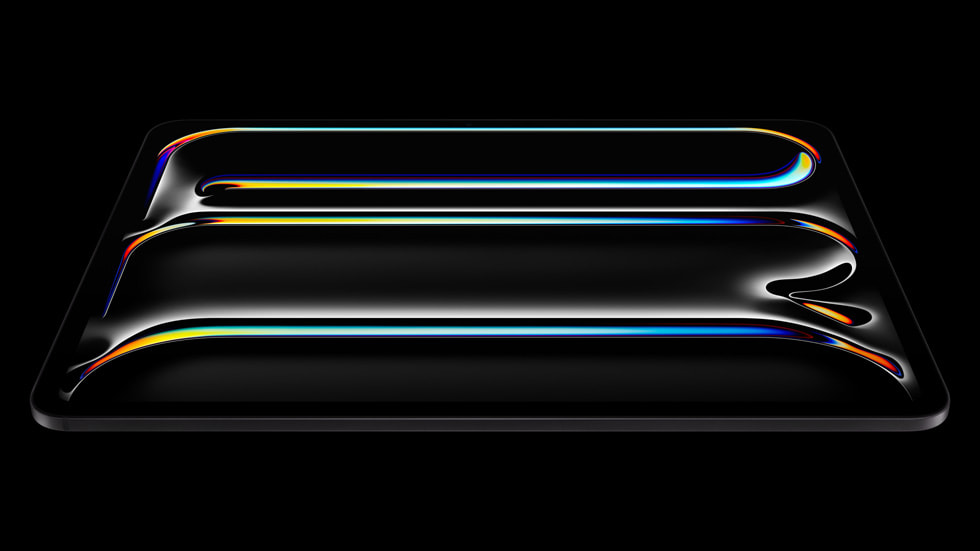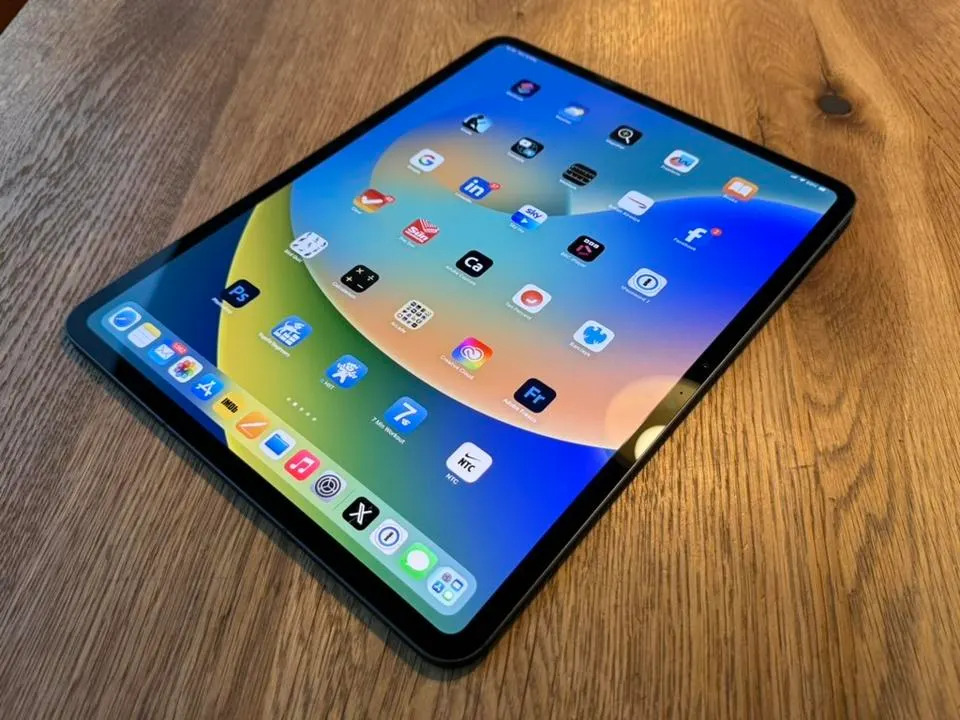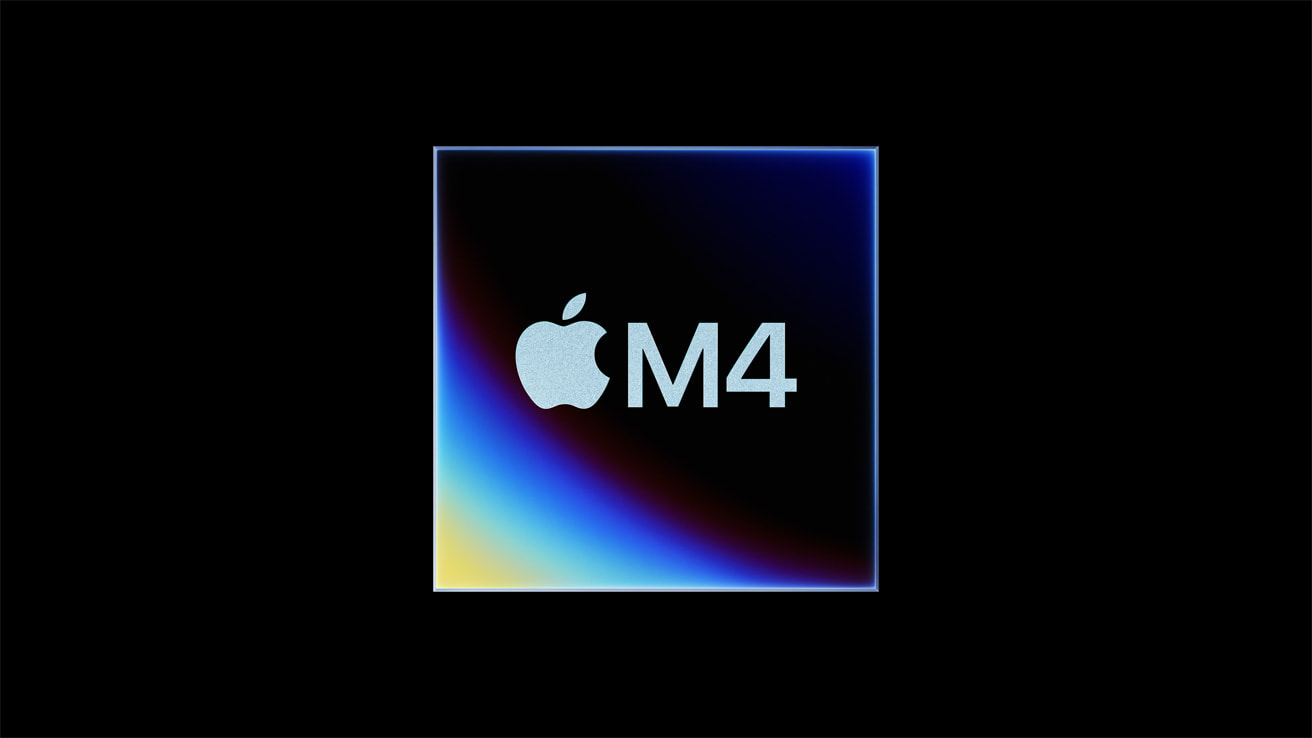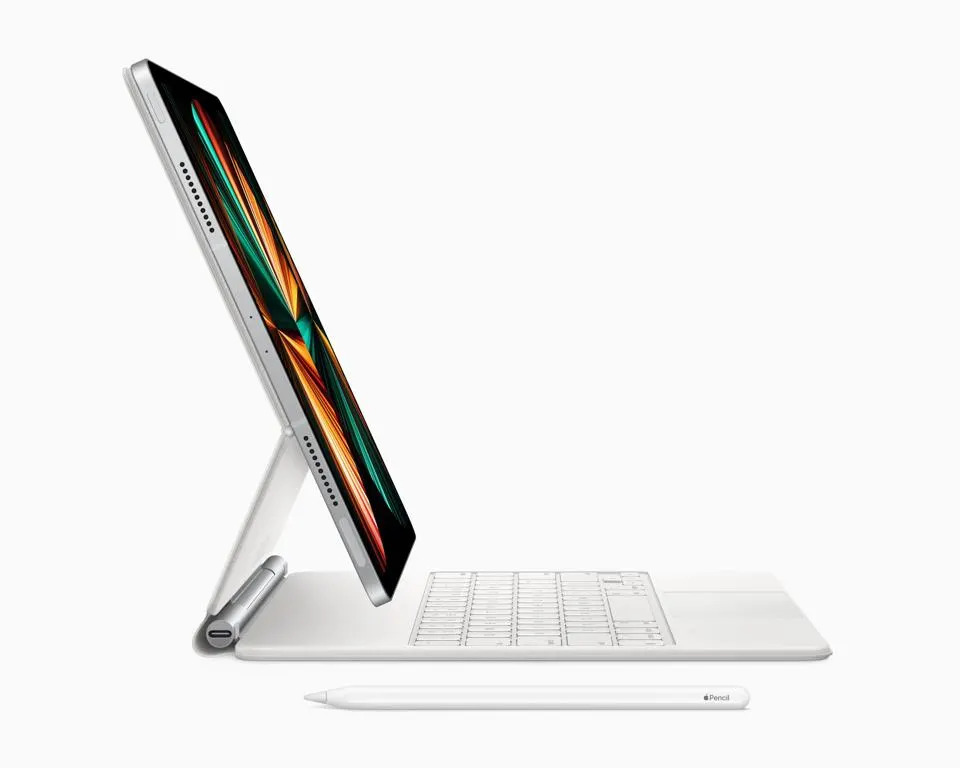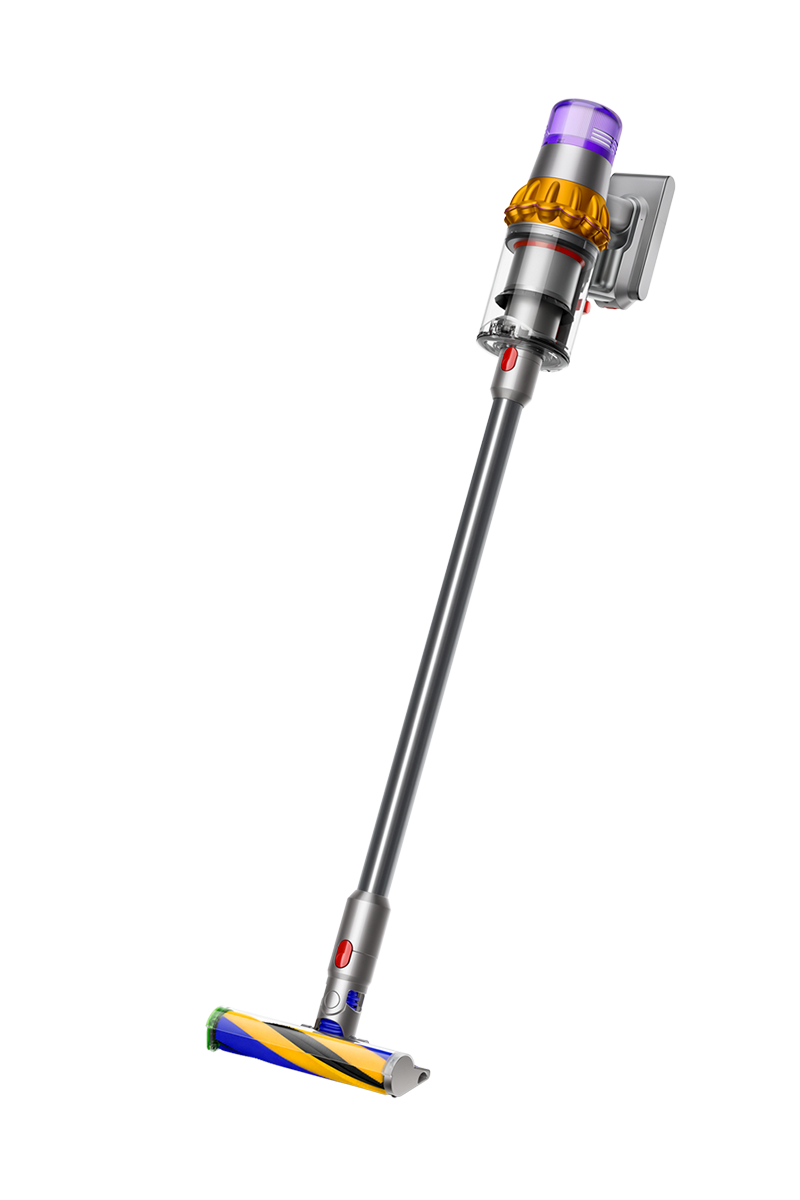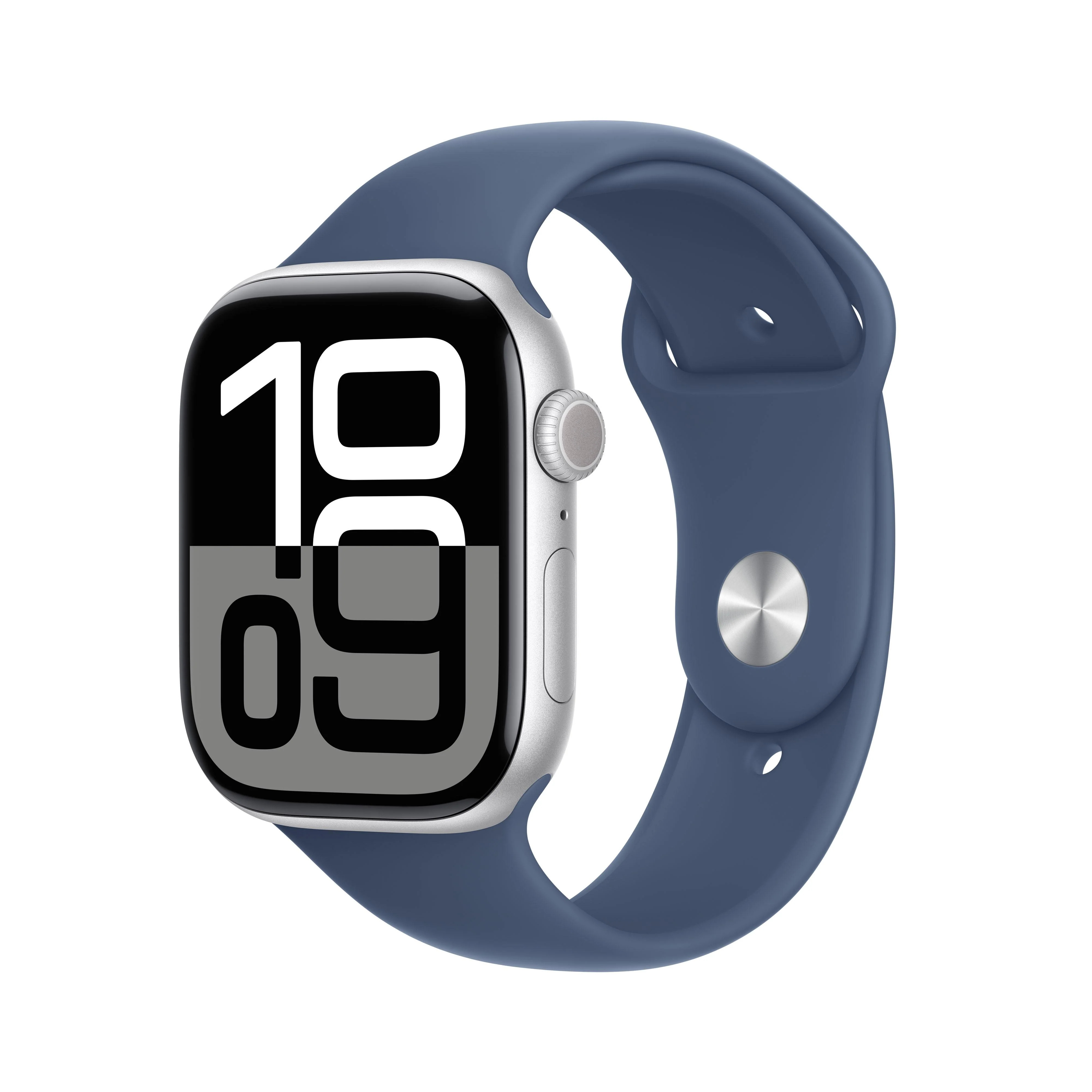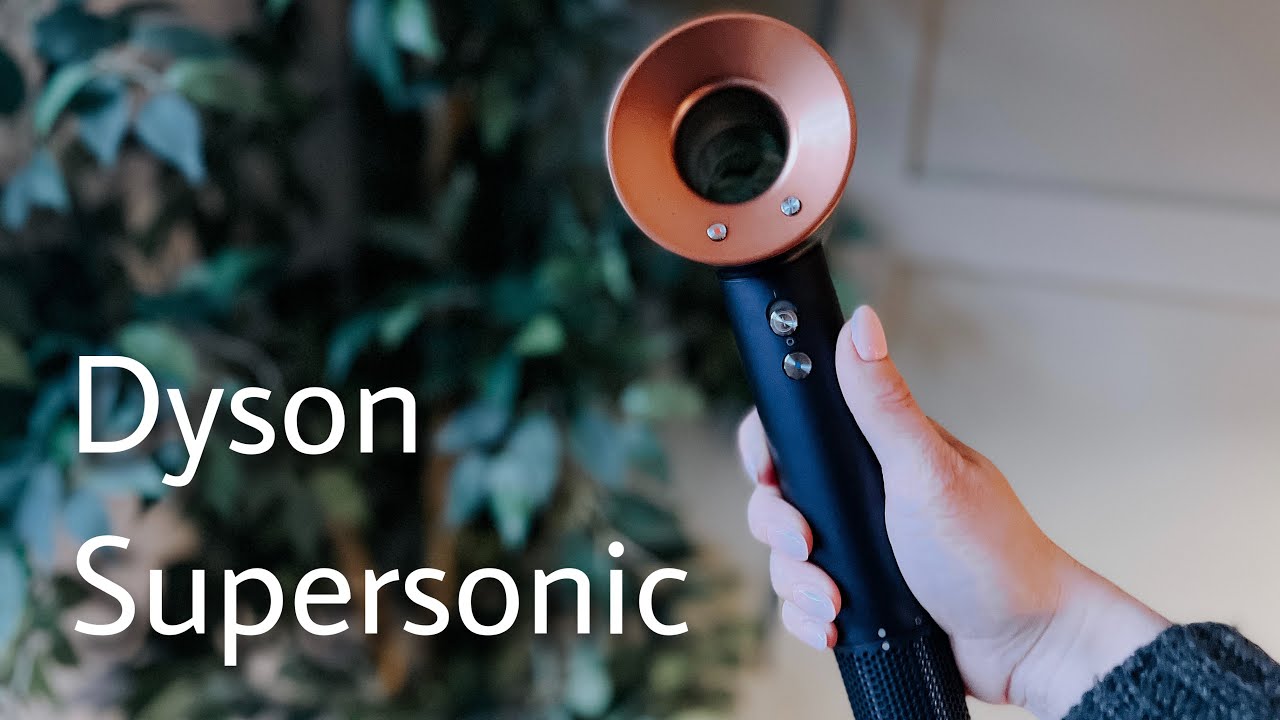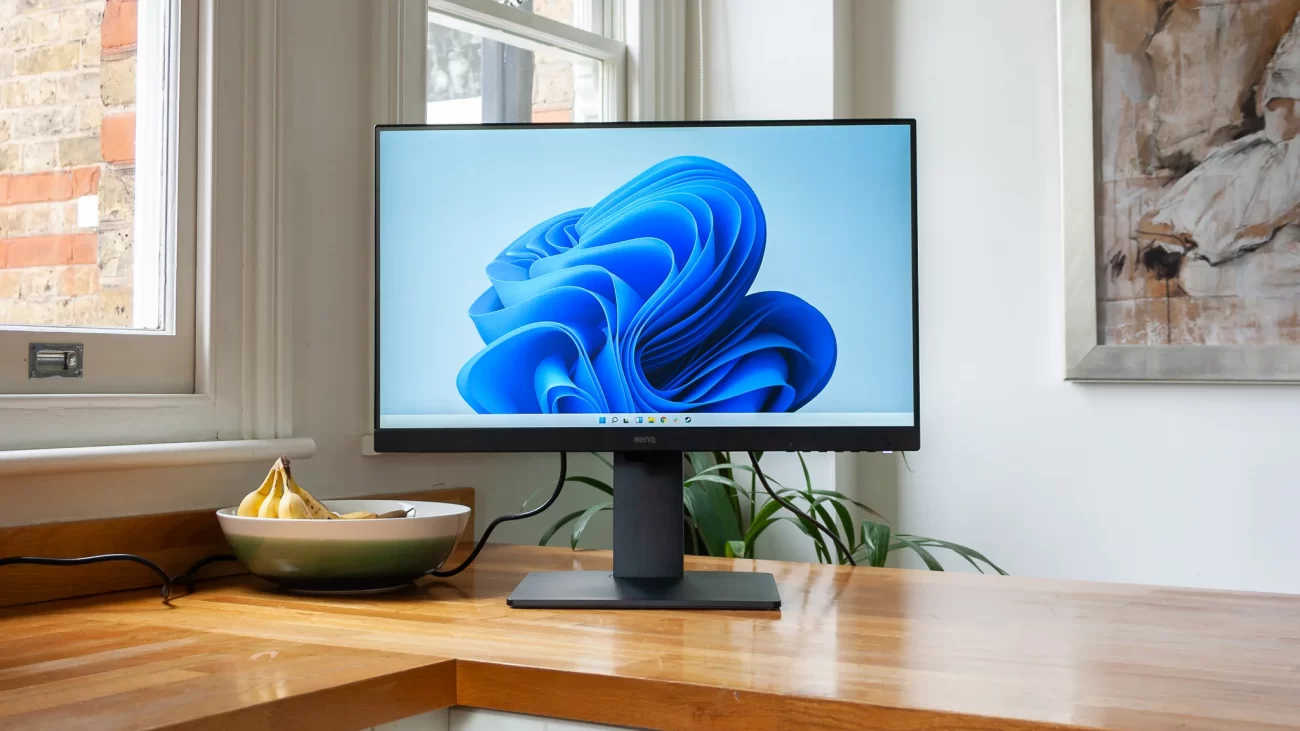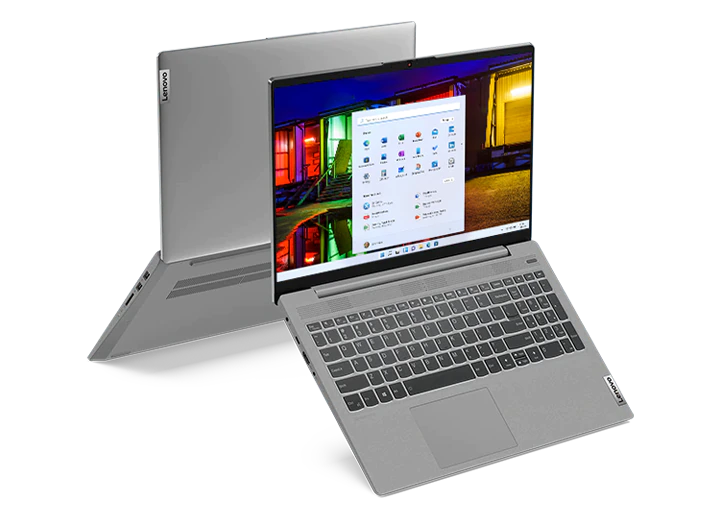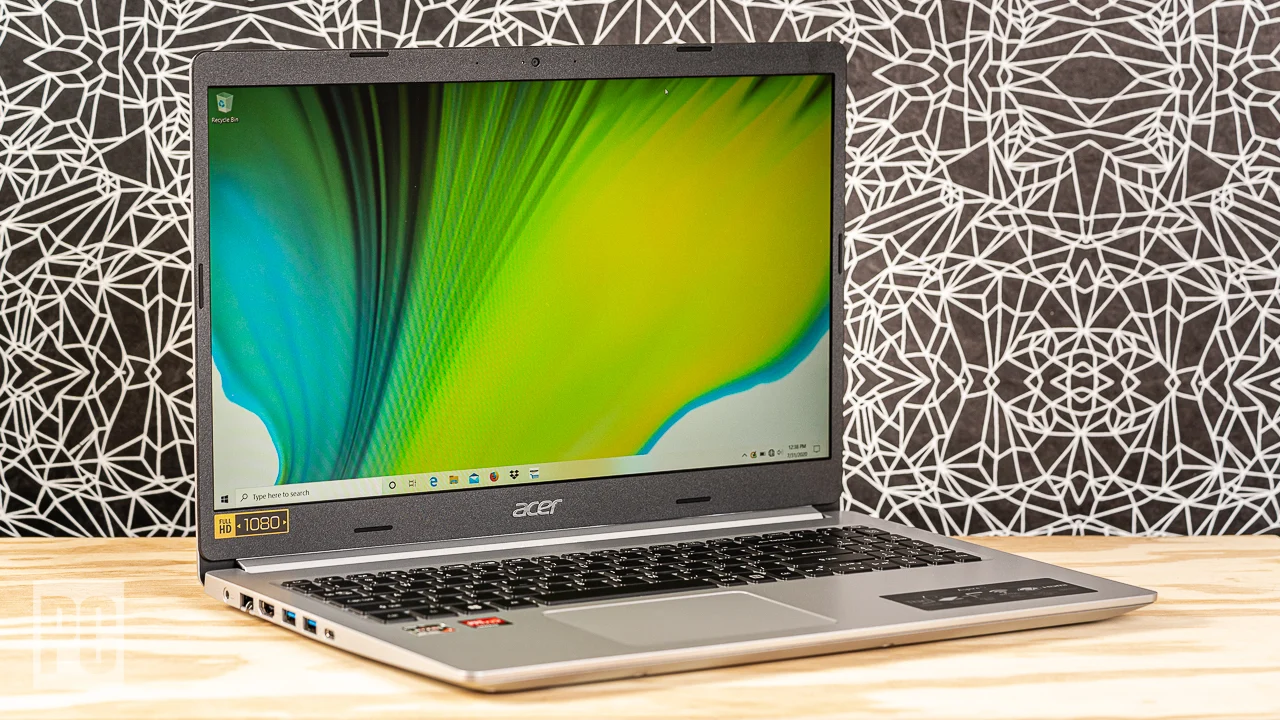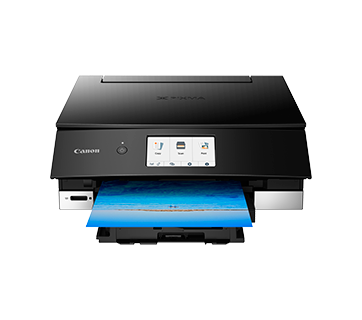Hands-On with the New iPad Pro M4: Thinner, Faster, and Smarter Than Ever
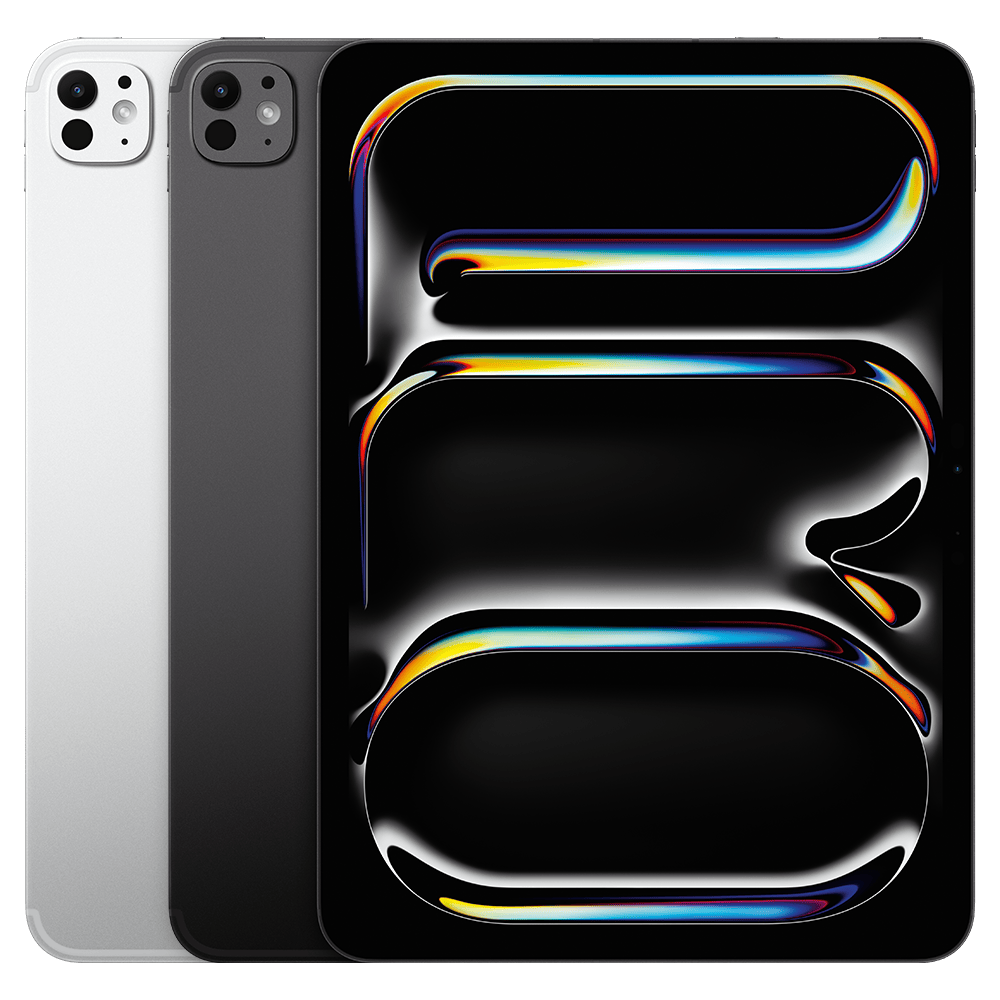
Apple’s 2025 update to the iPad Pro doesn’t just add a new chip, it redefines what a pro tablet can be. The new iPad Pro with the M4 chip arrives thinner than any iPad before it, yet packs more computing power than most laptops. We spent the past few days with the 13-inch model, and it's safe to say: this is Apple’s most ambitious iPad yet.
But is it truly a leap forward, or just an elegant refinement of the M2 version? Here’s what we found.
So Thin, It Feels Like Magic
The first thing you notice instantly is the size. The iPad Pro is now just 5.1mm thick for the 13-inch model, making it the thinnest Apple product ever made. Yet it doesn’t feel fragile. Apple has reinforced the aluminum frame and used a new tandem OLED display (more on that soon), which keeps the chassis rigid despite its paper-like profile.
At 579 grams, it's lighter than its predecessor, and more comfortable to hold for long periods. Whether you’re sketching, browsing, or working on a document, the new dimensions make this iPad feel less like a laptop alternative and more like a true digital canvas.
OLED Brilliance with Tandem Tech
Apple has replaced the mini-LED panel with a Ultra Retina XDR OLED display, built using tandem OLED technology, essentially two OLED layers stacked for higher brightness and contrast. The result is visually stunning.
Blacks are inky and absolute, whites are crisp, and colors have a richness that puts older iPads to shame. HDR content looks phenomenal, with peak brightness reaching 1,600 nits for highlights and a sustained 1,000 nits across the screen. Whether you're editing high-resolution photos, watching a Dolby Vision film, or simply sketching in Procreate, this screen sets a new standard.
Enter the M4 Chip: A Real Powerhouse
Apple's decision to debut the M4 chip in the iPad Pro before even bringing it to the MacBook Air or Mac mini sends a clear message: the iPad is no longer playing catch-up. It's leading the charge. And from our testing, it’s not just marketing hype. The M4 turns the iPad Pro into a mobile performance monster.
Built on TSMC’s second-generation 3nm architecture, the M4 chip boasts a 10-core CPU with 4 performance cores and 6 efficiency cores, along with a 10-core GPU and a vastly upgraded 16-core Neural Engine. This isn’t just a spec bump over the M2, it’s a comprehensive leap in both raw speed and intelligent processing.
During our hands-on testing, we loaded the iPad Pro with intensive workflows: 4K multi-track video editing in Final Cut Pro with real-time effects, multitasking between Photoshop and Procreate while running Safari with a dozen tabs, and AI-based image upscaling using third-party tools. The iPad didn’t even blink. App launches were nearly instant. Video exports were 30–40% faster compared to the M2 model. And multitaskin especially using Stage Manager was smoother than ever, even when extending to an external 6K monitor.
What makes the M4 chip particularly impressive isn’t just speed, it’s efficiency. Battery life held strong even under heavy workloads. With intelligent power distribution and more efficient cores, the chip balances performance and thermals in a way that keeps the iPad cool and quiet, even during demanding sessions.
Apple Pencil Pro & Magic Keyboard 2: Refined Tools
Apple also released new accessories alongside the iPad Pro. The Apple Pencil Pro introduces haptic feedback, a new squeeze gesture for tool switching, and barrel roll detection for fine brush rotation, perfect for illustrators and designers.
Meanwhile, the Magic Keyboard 2 now includes a function row, a larger glass trackpad, and aluminum palm rest that makes it feel far more like a MacBook than ever before. The hinge is stronger, and the entire setup looks cleaner thanks to tighter magnetic alignment.
Together, these accessories finally make the iPad Pro feel like a full-fledged productivity tool, not just a powerful tablet with laptop aspirations.
Final Thoughts
The new iPad Pro M4 isn’t just thinner and faster, it’s smarter, more refined, and stunningly well-built. It’s a serious tool for creatives, professionals, and even casual users who want top-tier display and performance in an ultra-portable form.
It doesn’t replace a Mac for everyone, but for many, it might be the most exciting computing device Apple has made in years.
For those who’ve been waiting for the iPad to truly grow up, this is it.

